Your first draft of a family story or memory can be incomplete. Get down what you remember initially without worrying about grammar, getting all the political jurisdictions for a location, and the like. Those details matter, but clarification can take place later. Just write the darn draft in the first place. There are ways to improve this (complete names are another good idea), but it can’t be improved upon if it is not written.
Relying on just one source for a fact can be problematic. Any one source can be incorrect. One has to consider how reliable that source probably is and know knowledgeable the likely informant was. Sometimes those two things can be difficult to determine. While more that one source for the same fact is ideal, it’s not always possible to get multiple sources–particularly independent ones. But don’t find one source and immediately think you’ve answered the question. You might have. But you might not have either.
December 2023 marks the 15th year since we started posting to Genealogy Tip of the Day! It’s almost here. Thanks to all who have followed and supported is since that time. It is appreciated.
This reminder is something we need to have written on a post-it note attached to our genealogical computer. In any location, always make certain you have reached out to the local records offices to see what materials they have. Always. Despite what the fee-based sites may tell you and despite what some may think about FamilySearch, they do not have everything. Even if you think you know what the courthouse or local office has, still check–and don’t neglect local historical societies, genealogical societies, and libraries.
Sometimes all it takes is a “new” name to open the door to an entire set of memories. My grandmother-in-law remembered a fair amount about her family originally. After a little research, I located the maiden name of her grandmother, which she had not originally remembered. As soon as I mentioned that last name, more memories came to her mind. Sometimes all it takes it a word or a name to unlock an entire set of memories. Always go back and re-interview that person when you have located new information.
A stint in prison can explain why your ancestor is not enumerated with his family in the census. Court records or newspapers may contain additional details about why your ancestor landed in prison. State prisons (or the state archives) may have additional records. And, it is also possible your relative ended up divorced over his incarceration–resulting in more records. Give Genealogy Tip of the Day–the book–to your friends for the holidays!
Sometimes one would like to know a little more about their farming ancestor other than that “they were a farmer.” There are several sources that could tell you more about your ancestors farm, including: agricultural censuses–generally taken in the mid-to-late 19th century in the United States. probate records–inventories may list agricultural implements owned by your ancestor, what crops were “in the field” or in storage at the time of their death. newspapers–may (if you are lucky) refer to your farming ancestor or at least tell you what crops were grown in the area during the time period–but you will have to actually read the newspaper to get this information. GoogleBooks contains digital images of hundreds of books related to farming practices in earlier times, including George Edward Waring’s […]
It’s fine if your ancestors did not arrive on the Mayflower. You can still celebrate Thanksgiving. Remember that we don’t get to choose our ancestors, but we do get to choose how we research them. With that in mind, locate as many records as you can; analyze the records as best as you can; and learn as much as you can about the time of your forebears, the records that were kept, and the terminology that was used. Do that and your research will benefit–whether your have ancestors on the Mayflower or not.
When creating a document, a clerk or official was likely not concerned about what someone looking at that document two hundred years later would think. If they were concerned about anything, it was that the document would last long enough to meet the perceived needs. Those needs were rarely concerned with a genealogist two hundred years later.
If some piece of information given by your ancestor in a record does not make sense, consider the possibility that he lied. People lied for many reasons, including wanting to get married wanting to enlist in the service wanting to avoid the service trying to escape their past (parents, spouse, children, debts, etc.) An outright lie can be difficult to research around, but people did lie about their age, place of birth, name, marital status, etc. Check out our latest webinar releases.
Locations can create all kinds of problems for genealogists. For this reason it is necessary to be as precise as possible. Some locations are logical. For example, Knoxville, Illinois, is in Knox County, Illinois. But this is not always the case. Des Moines, Iowa, is in Polk County, not in Des Moines County, Iowa. Keokuk, Iowa, is not located in Keokuk County, Iowa. And remember there are townships as well which may or may not add to the confusion. Hancock County, Illinois, has a Webster Cemetery and a village of Webster. Webster cemetery is not located near the village of Webster. Provide as much detail as possible when listing locations in your genealogical database. Personally I always use the word “county” in a location. It reduces confusion. Check […]
Try and determine when your relative learned that story they are telling you. Would they have been a small child when they heard it? Memories that come from when the person was a child can be impacted by their immaturity and inexperience with life. Sometimes children draw interesting conclusions about family events only to pass them on as facts years later. Just because someone heard or experienced something when they were young does not mean they could not remember it correctly. But it’s worth remembering ourselves that what children may not get details straight or make incorrect inferences. Of course adults can as well.
My “Is Your Process the Problem” webinar has been released. If you ordered, you should have the link–email me if not. Details on our announcement page.
From a while back… Ira Sargent is enumerated in the 1850 and 1860 US Census under the last name of his step-father, Asa Landon. Ira was born in the 1840s and his father, Clark Sargent, died around 1848. By 1850 his mother had married Asa Landon. Ira’s 1870 marriage record is probably the first document where he actually provided his name to the records clerk. Chances are someone else gave his name to the 1850 and 1860 census enumerator. Your relative might have known his “name,” but might never have had a chance to give it to the clerk, enumerator, etc. until after he was “of age.” Is that why you can’t find your person in any record until they get married?
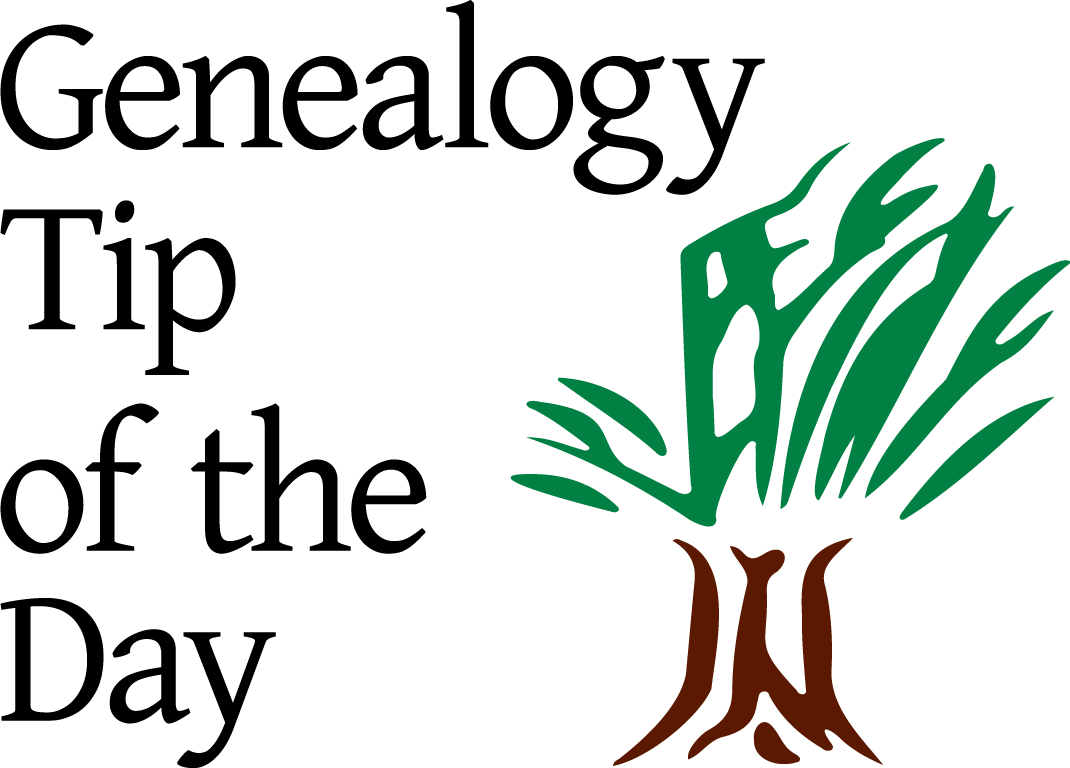
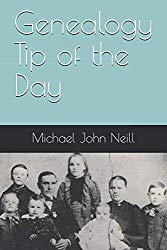
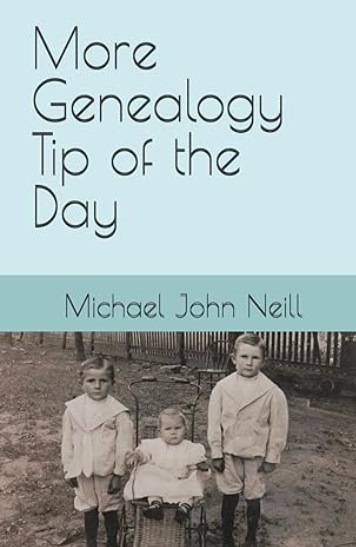


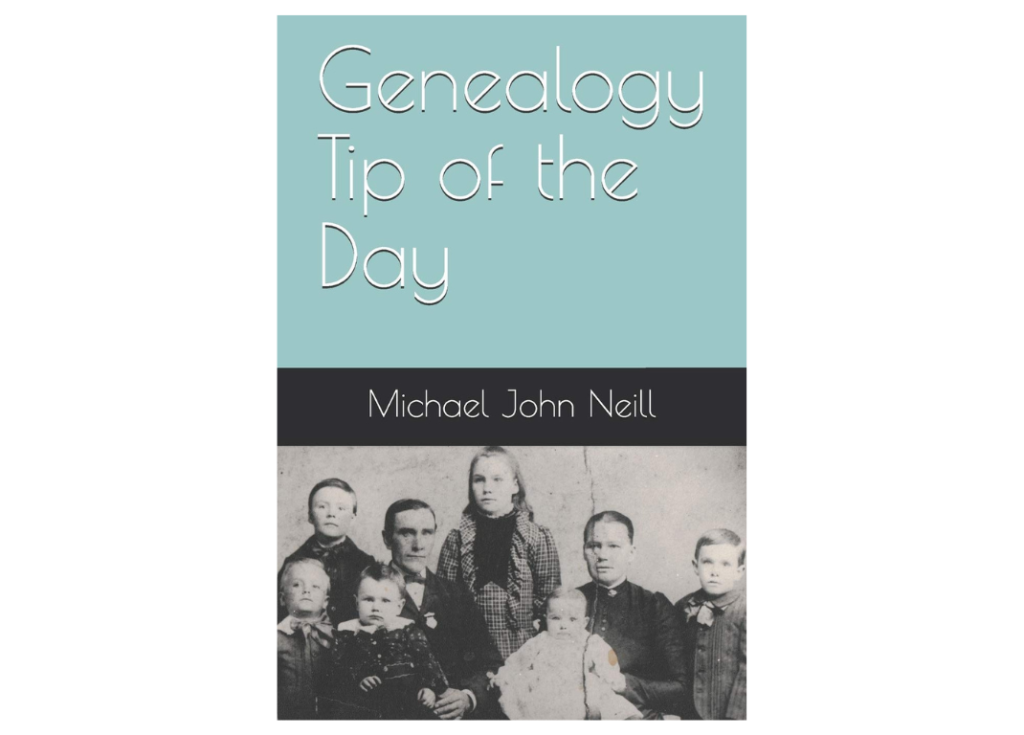
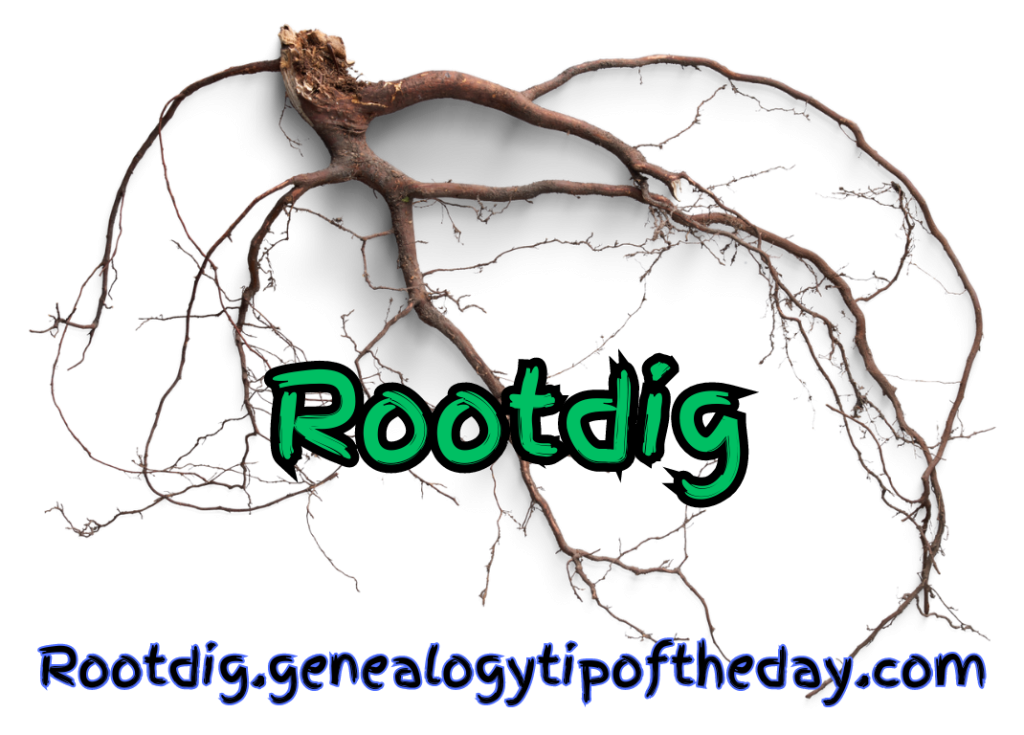

Recent Comments